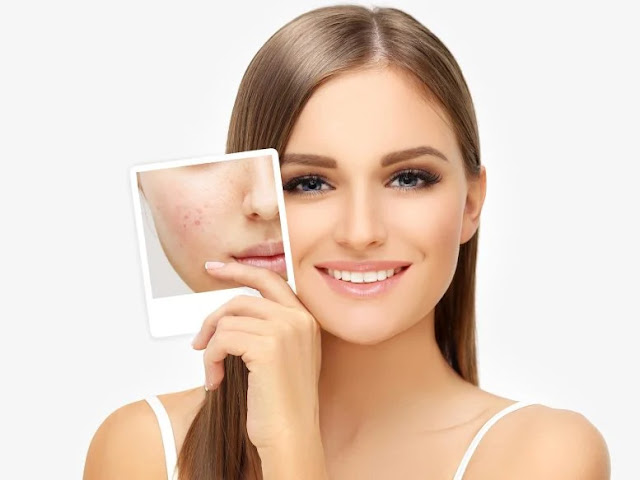Scientists found that molecules from fish gut bacteria can potentially enhance skin appearance by providing anti-wrinkle and skin-brightening benefits, suggesting a new frontier in cosmetic ingredients.
Cosmetics and skincare products often contain some unusual ingredients. One example is snail mucin, or snail slime, known for its moisturizing and antioxidant benefits. However, researchers reporting in ACS Omega may have discovered something even stranger: molecules produced by bacteria found in fish guts. In lab studies with cultured cells, these compounds showed skin-brightening and anti-wrinkle effects, suggesting they could be potential ingredients for your future skin care routine.
Though fish guts might seem like the absolute last place to look for cosmetic compounds, it’s not a completely far-fetched idea. Many important drugs have been found in bizarre places — famously, penicillin’s antibiotic properties were discovered after a failed experiment got moldy. More recently, the brain cancer drug candidate Marizomib was derived from microbes unearthed in marine sediments at the bottom of the ocean.
New Sources from Marine Life
Two potentially untapped sources of new compounds could be the gut microbes of the red seabream and the blackhead seabream, fish found in the western Pacific Ocean. Although these microbes were first identified in 1992 and 2016, respectively, no studies have been performed on the compounds they make. So, Hyo-Jong Lee and Chung Sub Kim wanted to see if these bacteria produce any metabolite compounds that could have cosmetic benefits.
The team identified 22 molecules made by the gut bacteria of the red seabream and blackhead seabream. They then evaluated each compound’s ability to inhibit tyrosinase and collagenase enzymes in lab-grown mouse cells. (Tyrosinase is involved in melanin production, which causes hyperpigmentation in aging skin. Collagenase breaks down the structural protein collagen, causing wrinkles.) Three molecules from the red seabream bacteria inhibited both enzymes the best without damaging the cells, making them promising anti-wrinkle and skin-brightening agents for future cosmetic products.
The authors acknowledge funding from the Marine Biotechnology Program of the Ministry of Oceans and Fisheries, the National Research Foundation of Korea, the Technology Development Program of the Ministry of Small and Medium Enterprises and Startups, Sungkyunkwan University and the BK21 FOUR program of the Ministry of Education of Korea.
Recommend this post and follow
The Life of Earth


No comments:
Post a Comment
Stick to the subject, NO religion, or Party politics